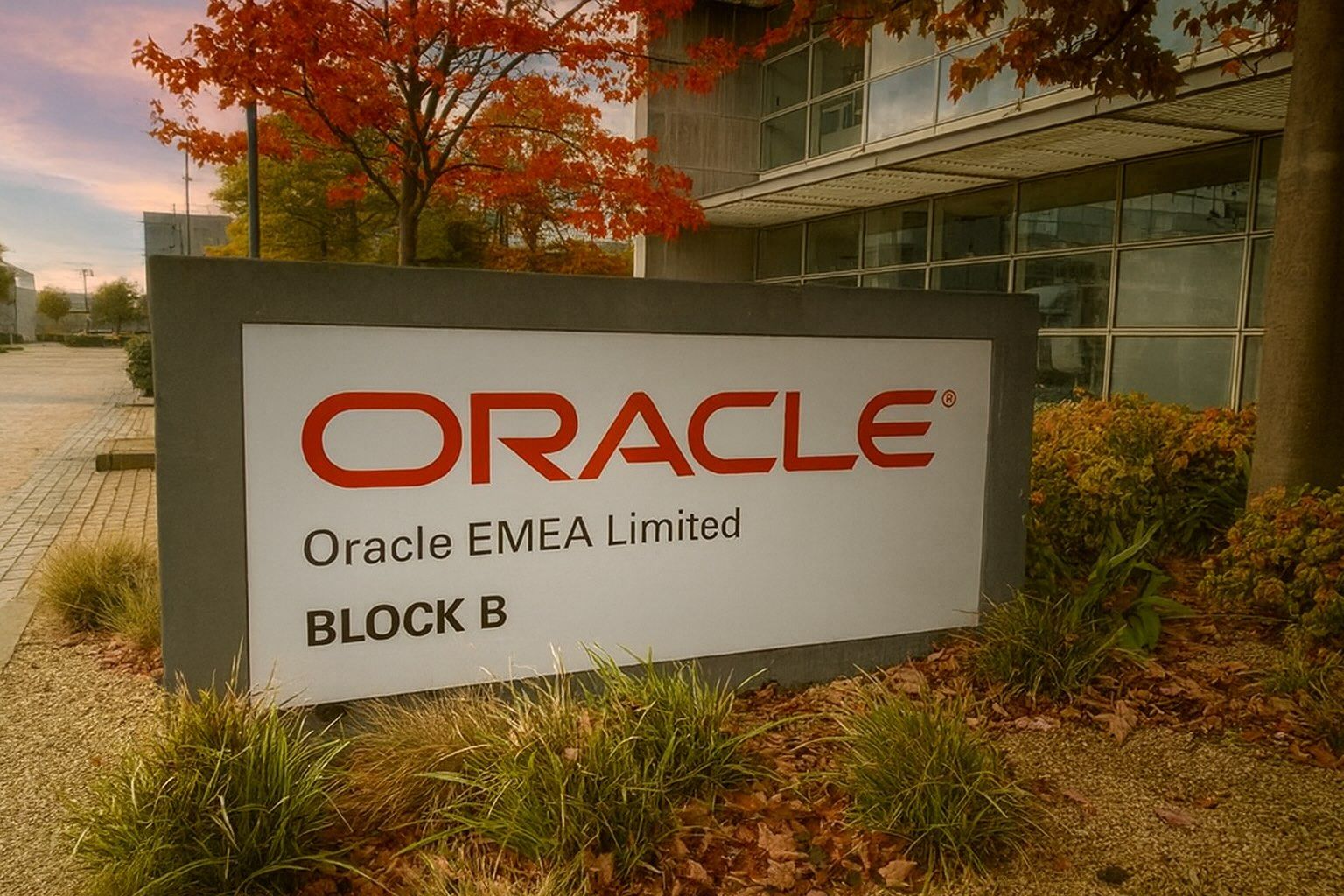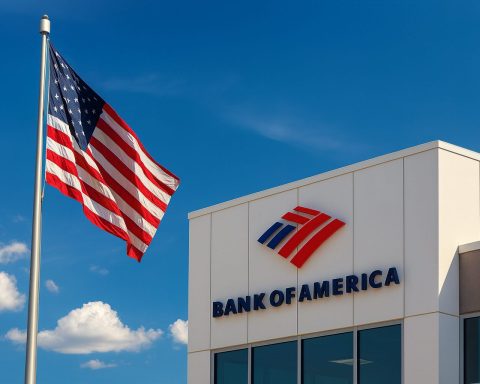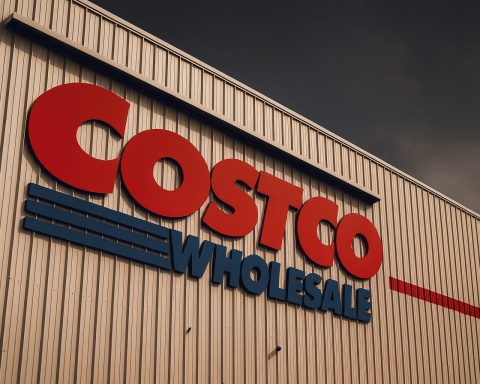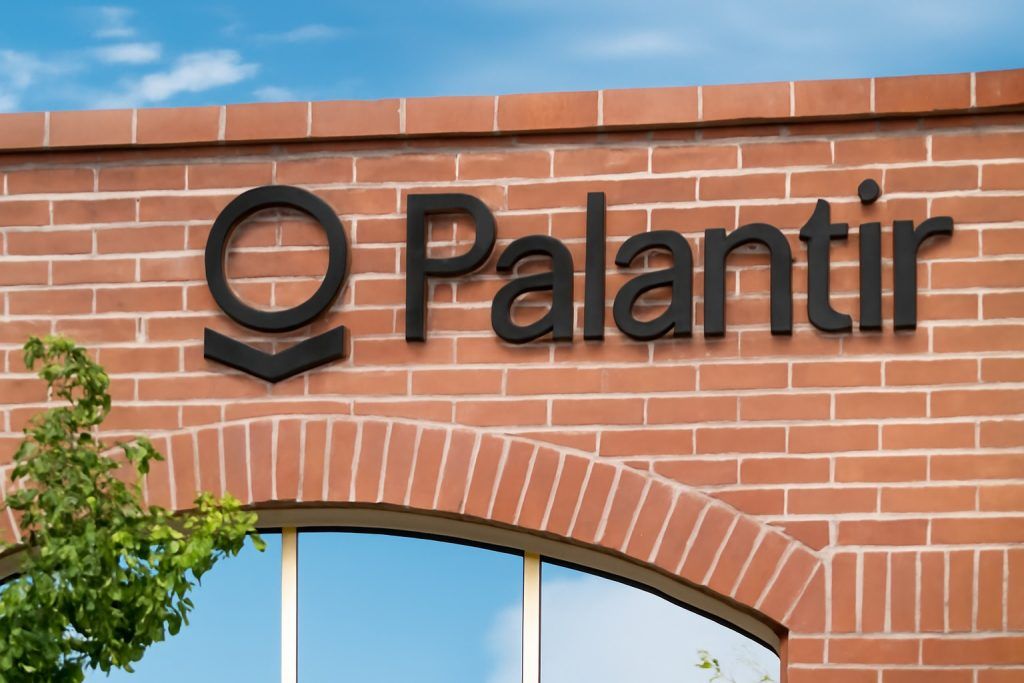- Current Price & Trends: As of Oct. 31, 2025 Oracle (NYSE: ORCL) is trading around $264 (up ~2.9% intraday [1]), after closing at $256.89 on Oct. 30 [2]. This follows a volatile stretch: the stock peaked near $345 in early September and has since pulled back into the high-$200s [3] [4]. Even with the recent dip, ORCL is roughly +70% year-to-date [5], reflecting a dramatic AI-driven surge from about $160 in January [6].
- AI/Cloud Deals Fueling the Rally: Investors have bid up ORCL amid rumors of mega AI contracts. Unconfirmed reports cite a ~$300 billion five-year cloud deal with OpenAI and a ~$65 billion AI-infrastructure pact with Meta [7], deals that ostensibly helped drive Oracle’s RPO backlog to ≈$455 billion (up 359% YoY) in Q1 [8]. Management has begun to capitalize on this hype: CEO Safra Catz announced at the Oct. 16 analyst meeting that Oracle now aims for $225 billion in revenue by FY2030 (with ~$166 billion from cloud) [9], up from current levels.
- Latest Earnings & Guidance: In fiscal Q1 2026 (quarter ended Aug. 31, 2025) Oracle reported $14.93 billion in revenue (+12% YoY) [10]. Cloud (SaaS+IaaS) revenue was $7.2 billion (+28% YoY) [11], reflecting strong infrastructure growth. Non‑GAAP EPS was $1.47 (consensus ~$1.48) [12]. Catz hailed this as “an astonishing quarter” [13] and noted that four multi‑billion-dollar AI cloud contracts were signed in Q1, fueling the backlog surge [14]. Oracle reaffirmed robust guidance: it expects OCI infrastructure revenue to grow ~77% to $18 billion in FY2026 [15] and sees Q2 total revenue up ~12–14% (cloud up 32–36%) [16].
- AI Strategy and Technology: Oracle is aggressively pitching new AI infrastructure. On the earnings call, Catz emphasized that customers can now “connect all their databases directly” to leading AI models like ChatGPT, Gemini and Grok on Oracle Cloud [17]. Founder Larry Ellison stressed Oracle’s multi-cloud partnerships and capacity expansion, saying they plan “another 37 datacenters” (for a total of 71 with partners) to meet surging demand [18]. (Ellison quipped at Oracle’s AI World event “AI changes everything.” [19]) These moves underscore Oracle’s pitch that it is becoming a “Tier-1 hyperscale” player on par with Azure/AWS/GCP [20] [21].
- Major News & Partnerships: In recent days Oracle has featured in several headlines. In late October, Oracle (with Related Digital) was selected to build a new OpenAI “Stargate” AI data center in Saline Township, Michigan – part of a 4.5 gigawatt U.S. cloud partnership with OpenAI [22]. This multi‑GW, multi‑$billion project was touted by OpenAI as expanding U.S. AI infrastructure and creating thousands of jobs [23] [24]. Separately, U.S. government announcements reveal Oracle is among the consortium acquiring a controlling stake in TikTok’s U.S. business [25], highlighting CEO Larry Ellison’s indirect role (Ellison co‑founded Oracle). Oracle also inked a “OneGov” deal with the U.S. GSA in July 2025, offering federal agencies deep discounts on Oracle Cloud and AI database services [26]. These strategic developments keep Oracle in the spotlight beyond its core enterprise base.
- Analyst Sentiment & Targets: Wall Street’s view is mixed but leans bullish. In mid-October, Jefferies, Barclays, UBS and others raised ORCL to Buy/Outperform with 12–18 month price targets in the $360–$400 range [27]. Marketbeat.com aggregates show a consensus ‘Moderate Buy’ with an average target around $324 [28] (the LSEG median is ~$355 [29]). By comparison, ORCL closed Oct. 30 near ~$257, so many targets imply upside. Analysts have been encouraged by Oracle’s backlog and new AI contracts; for example, Jefferies called Oracle’s Q1 results “truly historic” [30]. That said, some caution persists: several brokers note Oracle’s rich valuation (~45–60× forward earnings [31]). One firm (Redburn) even flagged the massive OpenAI deal as “very risky” [32]. CNBC’s Jim Cramer warned Oracle is “the only one I’m worried about,” due to its heavy reliance on the OpenAI bet [33].
- Competitor Comparison: Oracle’s AI/cloud push plays out against cloud and software giants. Microsoft’s Azure remains the biggest direct comparison: Q1 FY2025 results showed 40% growth in Azure revenue (Microsoft posted record $35 billion capex) [34], though its stock dipped on higher spending. Amazon’s AWS (leader in cloud) grew 20% in Q3 2025 [35], driving Amazon shares up 14% (afterhours) on Oct. 30 [36]. In enterprise apps, SAP’s cloud business grew ~27% in Q3 [37] (with backlog +27%), but SAP cautioned its full-year cloud revenue may slip to the low end of forecasts [38]. Salesforce (CRM software leader) also leans into AI: its Q2 FY2026 revenue of $10.2 billion (+10% YoY) beat estimates and it forecast growth to ~$60 billion by 2030 [39], while expanding AI tie-ups with OpenAI and Anthropic. In short, Microsoft, AWS, SAP and Salesforce are all investing heavily in AI/cloud – Oracle’s surge reflects that sector-wide momentum, but those peers still dwarf Oracle’s share of the cloud market (AWS ~30%, Azure ~20%, Google Cloud ~13% vs. Oracle ~3% [40]).
- Strategic Outlook & Tech Market: Oracle’s management is selling a bold vision. They’ve projected enormous growth – for example, CEO Catz said Oracle expects OCI revenue to rise from $18 billion (FY2026) to $144 billion by FY2030 [41]. In support, CFO Sicilia insisted on Oct. 28 that he sees “real value in AI as demand far outpaces supply,” dismissing fears of an AI bubble [42]. Indeed, Oracle is pouring capital into data centers (industry sources say $50–$60B per year) to capture AI compute demand [43]. However, the stock’s forward price/earnings reflects sky-high expectations: at ~$270, ORCL trades near 50× projected earnings [44]. Any misstep – e.g. cost overruns or a slower-than-expected uptake of Oracle Cloud – could dampen sentiment. As one analyst put it on the earnings call: “pay attention to this…because this is a career event happening right now” [45] (referring to Oracle’s AI-driven results).
- Analyst & Expert Quotes: Wall Street analysts have been vocal. Guggenheim’s John DiFucci said on the earnings call, “I’m sort of blown away by what this looks like going forward,” noting the quarter was “a career event” [46]. Deutsche Bank’s Brad Zelnick called the results evidence of “a seismic shift happening in computing” [47]. In industry commentary, eMarketer’s Jacob Bourne observed that “enterprises are clearly eager for cost-effective AI cloud tools,” noting Oracle’s positioning in that wave [48]. On the more cautious side, some observers stress execution risk – as one report bluntly noted, Oracle’s OpenAI deal is “very risky” and the stock “has to hit its lofty forecasts to justify the price.” [49].
- Summary Outlook: In summary, Oracle sits at the center of the AI/cloud hype cycle. Its Q1 results and AI initiatives have won it a “blockbuster” reputation [50], and analysts foresee further gains if management’s aggressive cloud forecasts materialize [51]. The stock’s recent pullback (falling ~21% from its Sept peak [52]) reflects profit-taking amid uncertainty, but the majority view remains bullish over the medium term. Investors will be watching whether Oracle can convert its massive pipeline into sustained revenue growth and margin improvement. For now, ORCL’s rally reflects both its company-specific deals (TikTok, OpenAI, government contracts) and the broader tech market’s enthusiasm for AI – a mix that could drive the stock higher if the AI investment cycle remains intact, but also poses risk if the hype proves overdone [53] [54].
Sources: Recent financial news and analysis from Reuters, CNBC, MarketBeat, ts2.tech, Oracle press releases, and company filings were used throughout (see citations) to compile the above. Each fact and quote is cited from the original source as indicated.
References
1. www.reuters.com, 2. stockinvest.us, 3. ts2.tech, 4. ts2.tech, 5. ts2.tech, 6. ts2.tech, 7. ts2.tech, 8. ts2.tech, 9. ts2.tech, 10. ts2.tech, 11. ts2.tech, 12. ts2.tech, 13. investor.oracle.com, 14. ts2.tech, 15. ts2.tech, 16. www.reuters.com, 17. www.reuters.com, 18. www.reuters.com, 19. ts2.tech, 20. cloudwars.com, 21. ts2.tech, 22. openai.com, 23. openai.com, 24. thesalinepost.com, 25. www.cbsnews.com, 26. ts2.tech, 27. ts2.tech, 28. ts2.tech, 29. ts2.tech, 30. ts2.tech, 31. ts2.tech, 32. ts2.tech, 33. ts2.tech, 34. www.reuters.com, 35. www.reuters.com, 36. www.reuters.com, 37. cloudwars.com, 38. www.reuters.com, 39. www.reuters.com, 40. ts2.tech, 41. www.reuters.com, 42. www.reuters.com, 43. cloudwars.com, 44. ts2.tech, 45. www.investopedia.com, 46. www.investopedia.com, 47. www.investopedia.com, 48. www.reuters.com, 49. ts2.tech, 50. www.reuters.com, 51. ts2.tech, 52. ts2.tech, 53. www.reuters.com, 54. www.reuters.com







